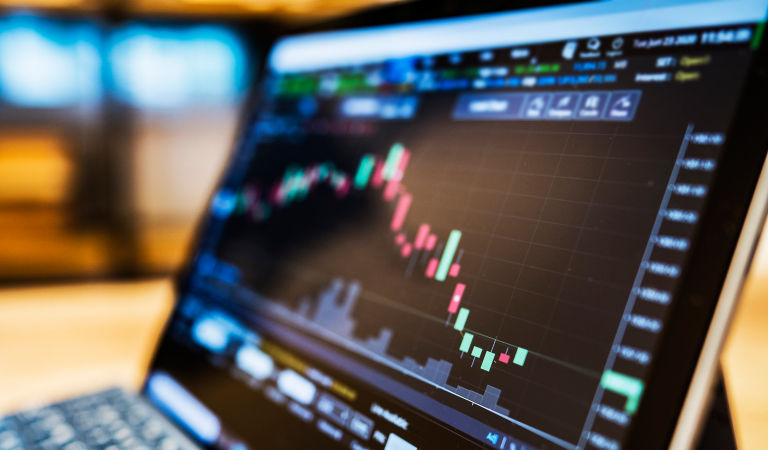Benchmarking private equity returns
When benchmarking manager performance, an investor may consider manager-specific benchmarks from companies like Cambridge Associates, PitchBook, Preqin, and others. These benchmarks are typically organized by vintage year (often determined by a fund’s first investment or capital call) and are formed by collecting fund performance from investors or directly from PE firms. Private benchmarks are valuable as reference points but may face several hurdles driven by the scarcity of private market fund performance, including selection bias, survivorship bias, and self-reporting bias.
Alternatively, investors may compare performance to a public index such as the Russell 2000 Growth or MSCI World indices, using the public market equivalent (PME) measurement. There are several PME measurement methodologies, but a common one is the “Long Nickels” approach, where an investor calculates the return of investments to a public index that matches the inflows and outflows of the PE fund. The result of the PME calculation is an IRR based on the returns of a public index that can be compared to a fund’s IRR. This can give investors an indication of how well capital committed to a PE fund would have performed if it were instead allocated to the public markets.





























Monthly Market Review — November 2025
Continue readingBy